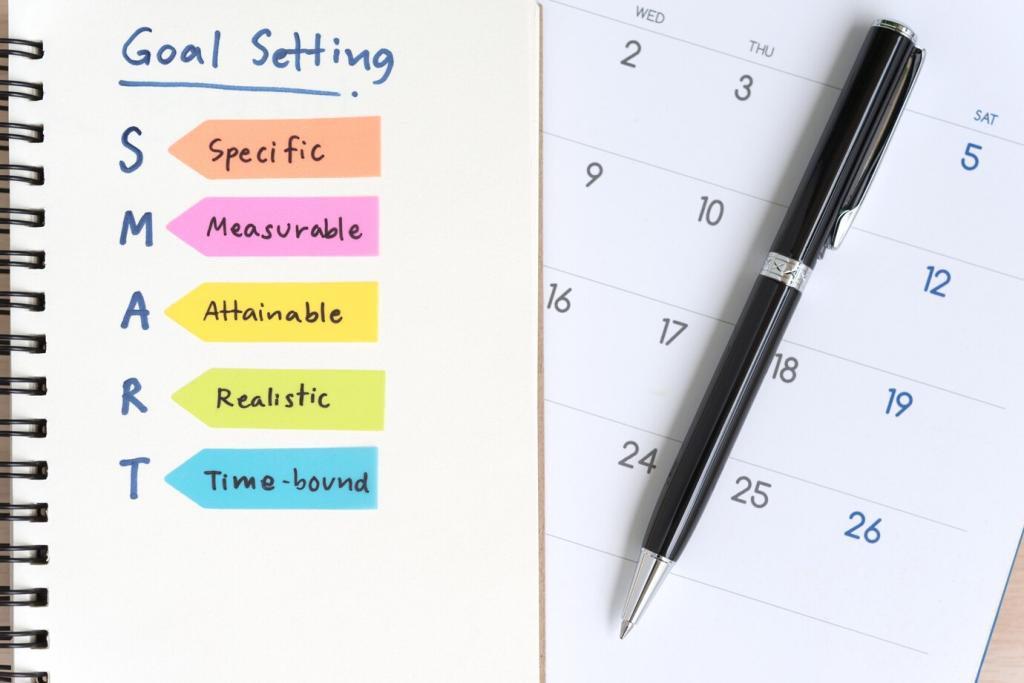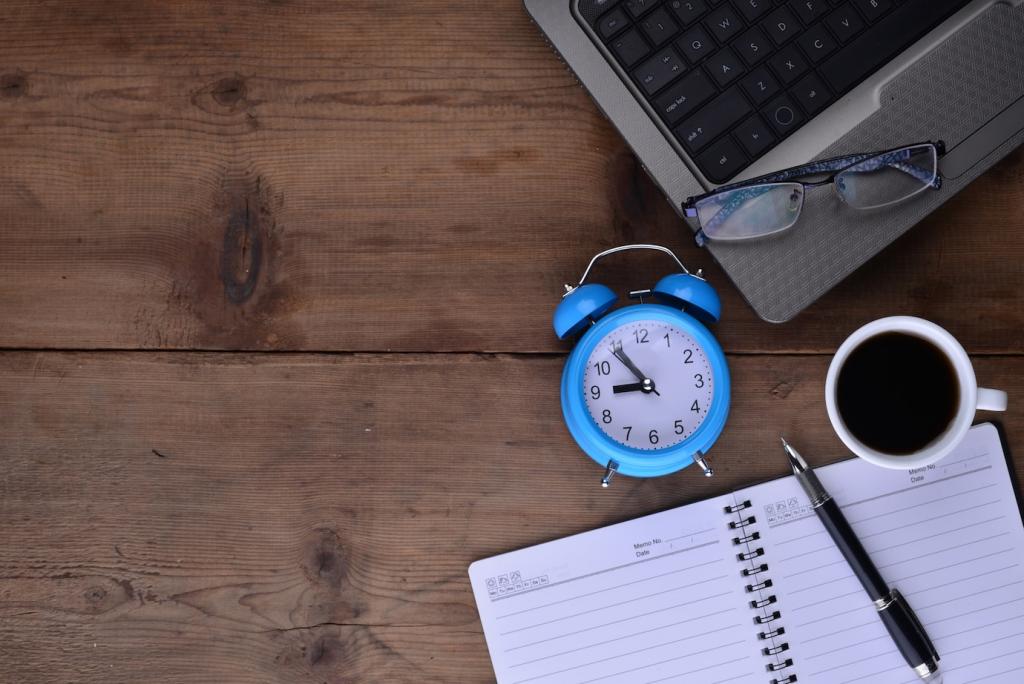Design a Space That Works as Hard as You Do
Route cables with anchors so nothing tugs when the desk rises. Keep daily tools within easy reach for standing and sitting heights. Use a compact tray for essentials to avoid hunting for pens, dongles, or notebooks during a switch. Fewer interruptions equal faster, calmer output.
Design a Space That Works as Hard as You Do
Adjust lighting to reduce glare at both heights, and consider a quiet fan for gentle airflow while standing. Noise-dampening panels or a soft playlist can guard your focus. Create a visual boundary that says, “I am in a deep block,” and invite teammates to respect it.







